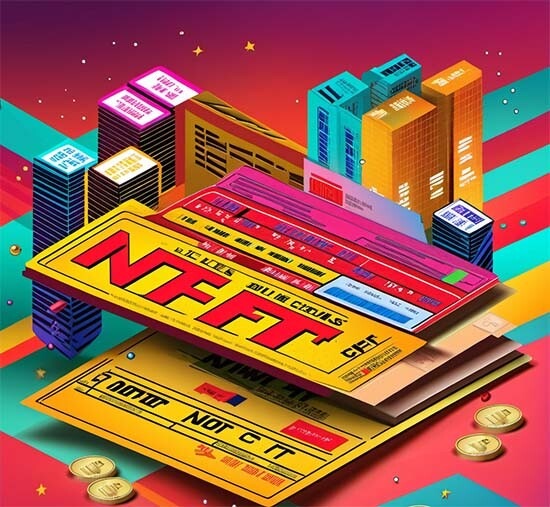On Monday, Stuart Haber and Scott Stornetta, creators of the very first blockchain, unveiled the Immutable Record NFT collection. Minting on the Kadena blockchain, the collection commemorates the first commercial implementation of a blockchain and its intriguing use of the New York Times as an assurance instrument.
The Genesis of Blockchain: A Unique Approach to Assurance
Haber and Stornetta invented the first blockchain in 1989, when they published a series of papers at Bell Communications Research, advocating for the use of the technology to ensure the integrity of digital records. Surety, their company, played a crucial role with its product, AbsoluteProof, starting in 1994—nearly a decade and a half before Satoshi Nakamoto’s historic Bitcoin whitepaper.
How do we enshrine this history in the form of digital art? The Immutable Record collection takes a lighthearted approach, homing in on the intriguing physical assurance of the weekly published hash of Surety’s seals. Immutable Record presents twelve consecutive weeks of these published hashes, each auctioned as a 1/1 NFT on Kadena.
A Blend of History and Creativity: Each NFT Tells a Story
Each of the twelve NFTs includes a signed copy of the New York Times page containing that week’s hash, reprinted from the original paper. An original illustration depicting the top news story of that week accompanies the seals. For the illustrations, Haber and Stornetta collaborated with graphic artist Steven Straatemans, who chose a story and depicted it in a style that could fit on any newspaper’s editorial cartoon page.
That universality is part of the point, according to Haber and Stornetta, who hope that the collection brings this little-known history into awareness in the crypto community as a whole—and beyond. “We think [the] use of “accessible” captures it all,” they told nft now in an interview.
Challenges of Perception: Why the Oldest Blockchain is Overlooked
Why have so few of us not heard about this oldest blockchain, which is such an integral part of the history of web3 and crypto in general? “Not everyone reads the footnotes,” said Haber and Stornetta. Additionally, the public imagination largely thinks of blockchain in terms of well-publicized applications like digital currency, even though the immutability and verifiability of blockchain mean that its use cases are far broader.
“We felt we had solved an important problem for the coming digital age, which would stand the test of time. After all, we waited 17 years for Satoshi’s use case. And while we are thrilled that “this oldest blockchain” serves as a foundation for cryptocurrency and the web3 ecosystem, we continue to imagine applications beyond that,” Haber said.
Acquiring a Piece of History: NFT Auctions on the Kadena Chain
To get one of these NFTs, you’ll need to grab some KDA—the native token of the Kadena blockchain—and head to the minting website, where you can connect a wallet that supports Kadena, like Ecko, to bid. Each 1/1 is sold—serially—in a conventional or Dutch auction.
The creators decided to go with the Kadena chain—rather than Ethereum or even Bitcoin—for its robust security. “We [took] security seriously. We felt that the Kadena team’s values aligned well with our own, and therefore, they were an ideal choice for our first collection. As to using other chains, we hope to use future collections to help unite the blockchain community. Stay tuned,” said Haber and Stornetta.
Teasing the Future: More to Come from Blockchain Architects
As the auctions continue to unfold, these two seminal architects of the blockchain hint that they have more to offer in times to come. “[We] share an interest in a variety of technical topics. One that we might mention is steganography,” they said. Whether this implies a new offering or, potentially, puzzles in the current NFT offering that can be uncovered through steganographic analysis remains to be seen.





